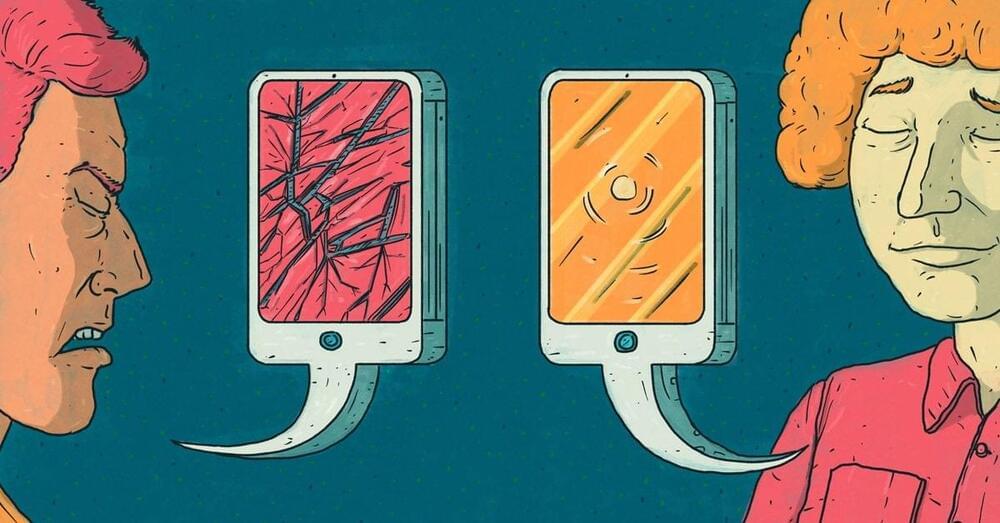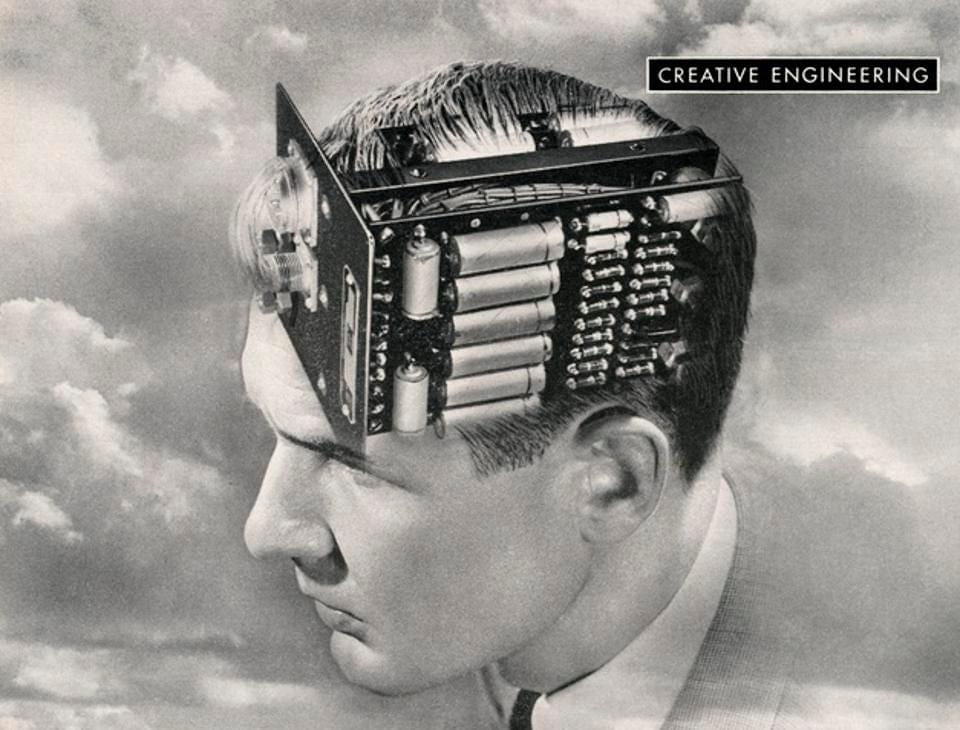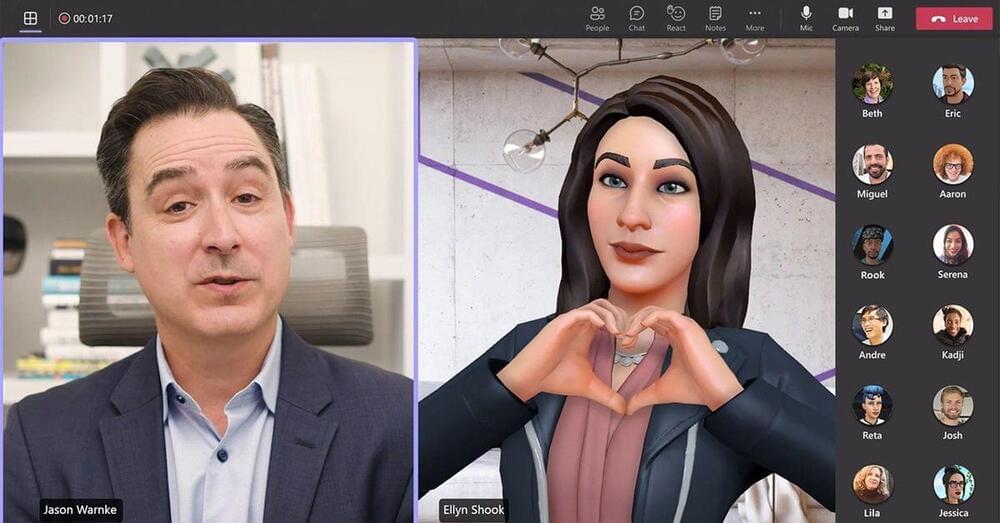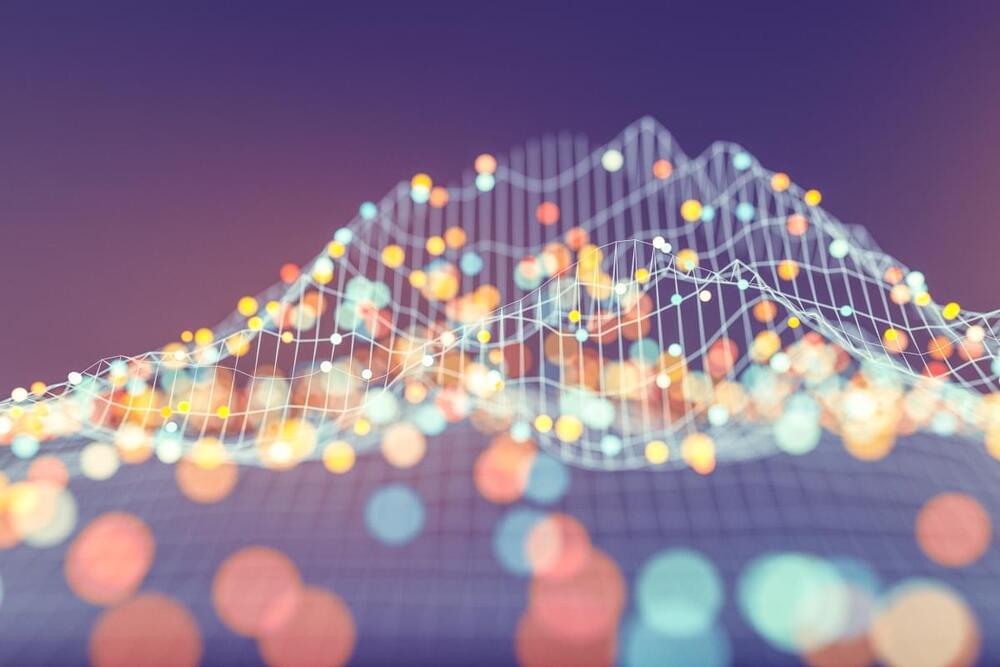Designing Plants To Bring Quality Of Life — Dr. Björn Örvar, Ph.D., CSO, EVP, Co-Founder, ORF Genetics (Iceland)
Dr. Björn Lárus Örvar, Ph.D. is Chief Scientific Officer, Executive VP of Business Development, and a Co-Founder of ORF Genetics (https://www.orfgenetics.com/), an innovative plant biotechnology company and a pioneer in developing and manufacturing high-quality recombinant proteins, such as growth factors, derived from barley plants.
ORF Genetics was established in 2001 to develop innovative, economically viable and enabling solutions to produce recombinant proteins, using barley grain as a vehicle for their production, providing a more efficient and safer method than other protein expression systems provide.
Dr. Örvar served as the CEO of the company from 2006 to 2,013 and the Executive V.P. and Chief Scientific Officer of ORF Genetics since 2,013 and was the Member of the Board of ORF Genetics from 2001 to 2006.
Dr. Örvar received his Ph.D. in plant molecular genetics in 1997 from the University of British Columbia, Canada, and was a post-doctoral fellow at McGill University, Montréal for three years, focusing on plant cell stress signalling.




